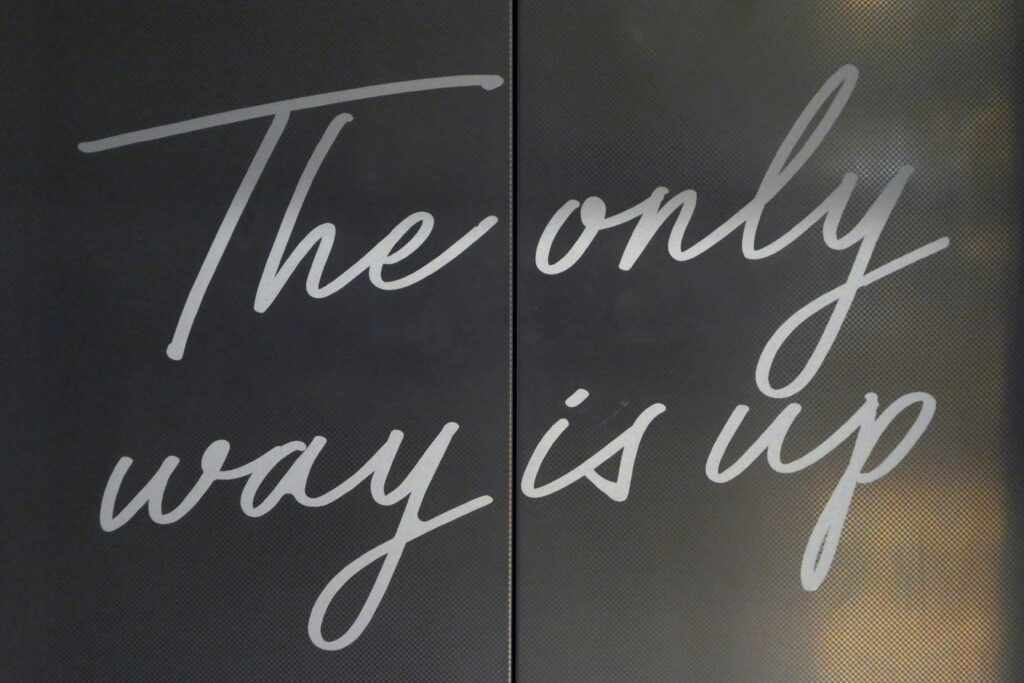Last Updated on December 20, 2023
Body language in business is a crucial part of all non-verbal communication which can give you valuable information about the thoughts or attitudes towards certain matters the speaker does not necessarily want you to know.
In the business world, especially when negotiating, just like in poker, you don’t show all your cards to the “opponent” but try to find out beforehand the cards he or she is holding.
Being able to read body language and catch non-verbal cues that reveal how much a person is involved or interested in the conversation and his feelings towards what is being said can make a world of a difference between successful and unsuccessful business communication.
Non-verbal communication, that is, facial expressions, motions, gestures, stance and eye movements can, at times, convey thoughts more clearly than words. If someone is rolling their eyes, sighing dramatically or crossing arms tightly, other people around him/her will almost certainly get the impression that he/she is displeased or annoyed and that they should keep their distance.
Therefore, it is very important for a negotiator to employ suitable body language in communication with employees, clients or future business partners to avoid any misunderstandings.

Good verbal and non-verbal communication is the most crucial prerequisite for successful negotiations. Negotiation is a dialog between two or more individuals or associations that want to reach an understanding, find solutions to a problem, bargain for advantage and create outcomes to satisfy the different interests of the parties involved.
In this process, each party involved wants to gain an advantage by the time the negotiations end. Therefore, negotiation is oriented towards reaching a compromise.
To be a successful negotiator, it is crucial to understand the importance of body language which can affect the resolution of disagreements and disputes.
Body language and nonverbal behaviour in negotiation differs from one culture to the other; the cultural background and context of all parties involved influence what nonverbal behaviour is suitable and how it should be interpreted. However, some negotiators claim that certain nonverbal cues and behaviours are culturally universal.
There are several important “categories” of nonverbal communication relevant to negotiation:
Space and distance: Some people prefer keeping distance when engaging in negotiations – they choose, for example, sitting on opposite ends of a table.
Body and posture: Some negotiators favour environments that reinforce formal, controlled behaviour such as sitting rather than standing.
Physical appearance and clothing: Some people may count on appearance attributes to express respect for the situation.
Paralanguage: Negotiators may choose to (not) trust decisions based on facial expressions, tone of voice, rate, etc.
Social/cultural conventions: Specific manners, rituals and conventions can be crucial in the prenegotiation phase.
Nonverbal messages and behaviours should be interpreted in context, taking into account the sequence in which they occur. They are especially important when they are inconsistent or when they are discrepant with verbal messages.
Effective negotiators must be able to read facial expressions, motions, gestures, etc. of others, as well as control their own.
[1] Čulo, K. & Skendrović, V. (2012) Communication in Negotiations. U: Plenković, M. (ur.)Društvo i tehnologija 2012 – Dr. Juraj Plenković.







